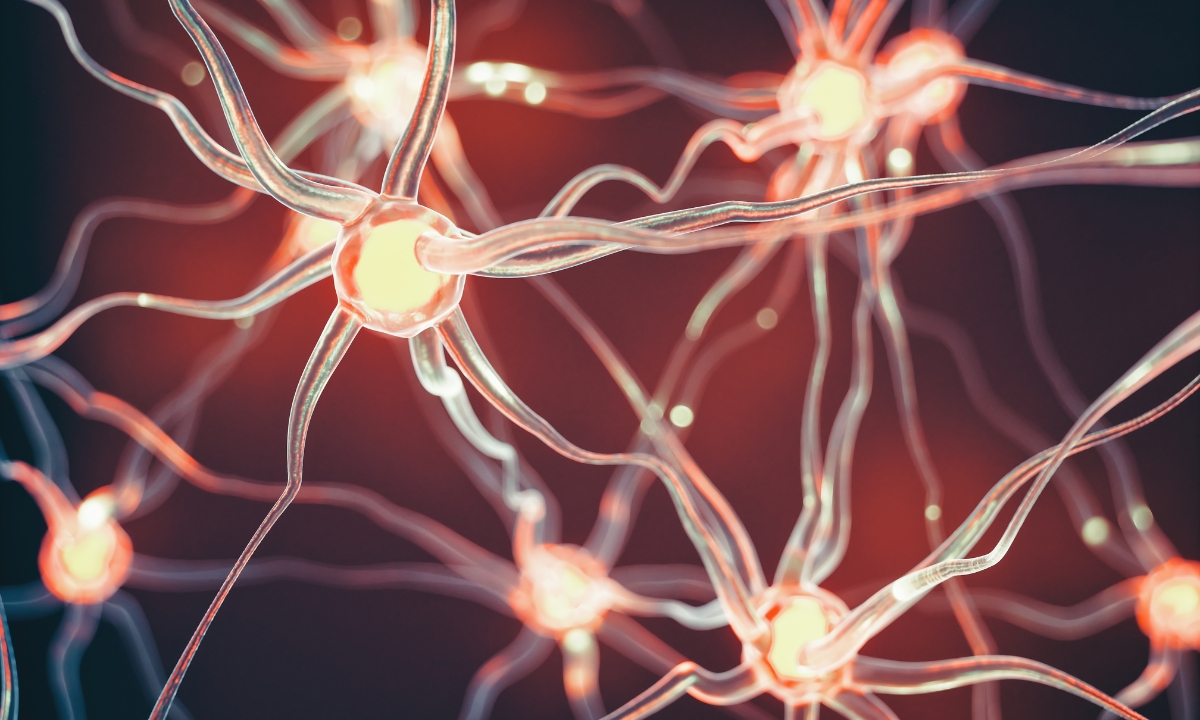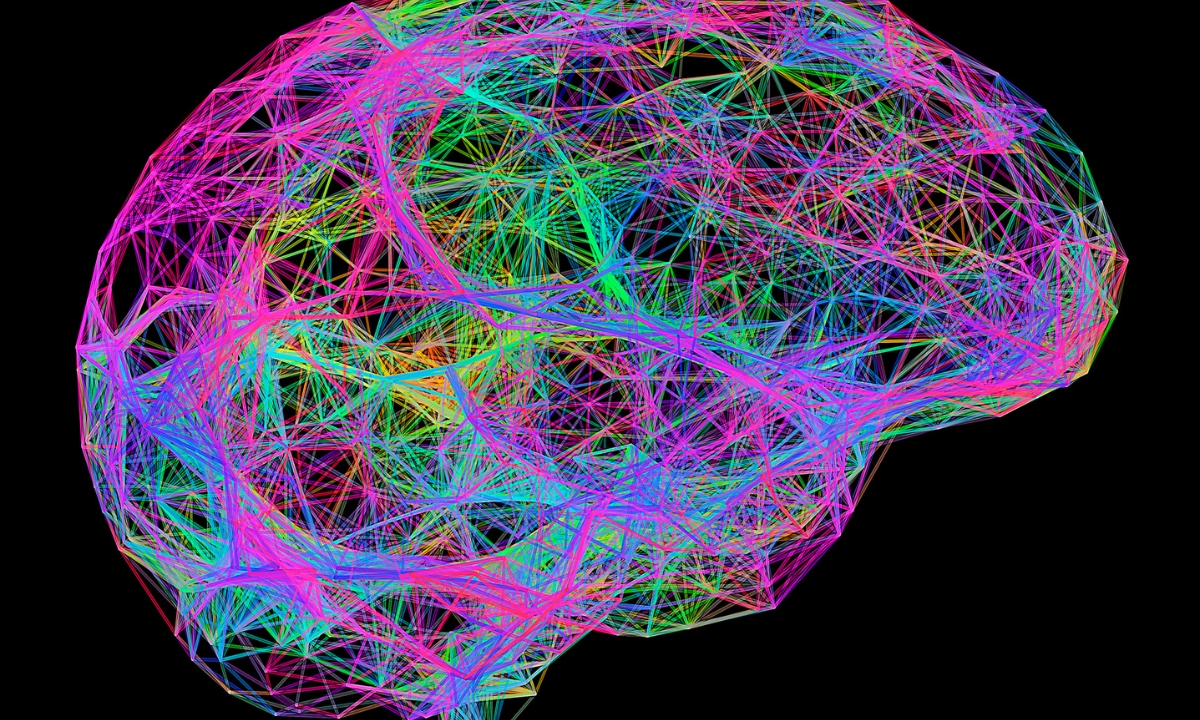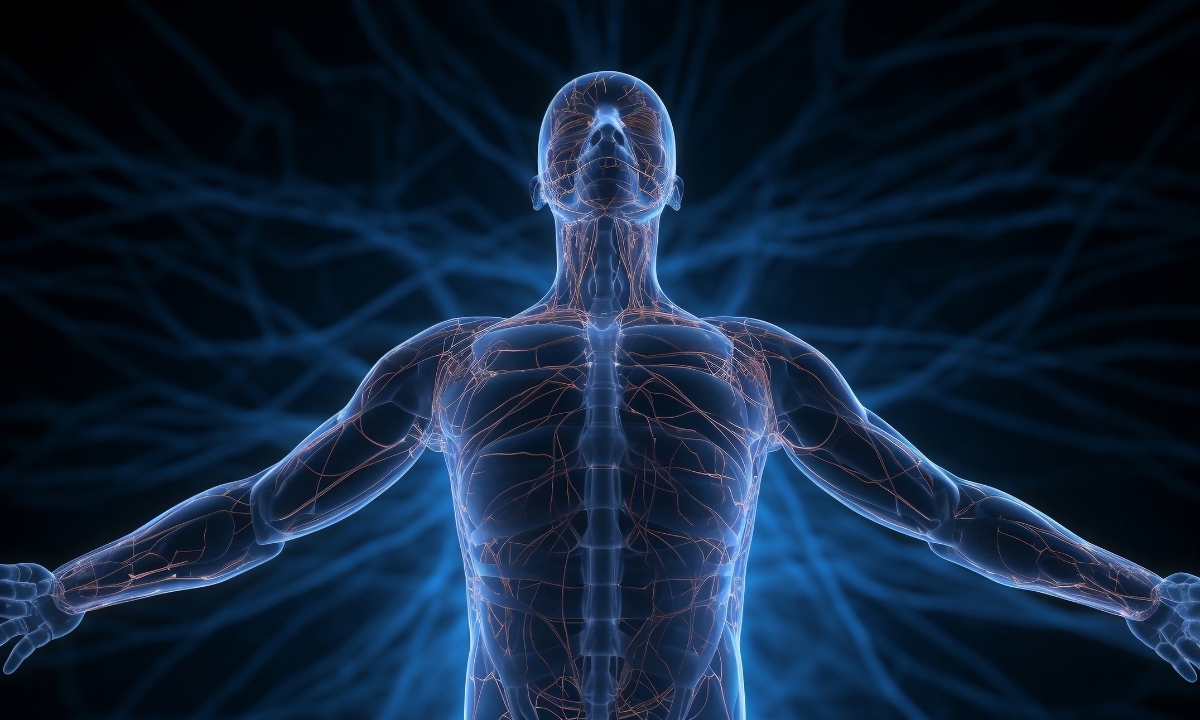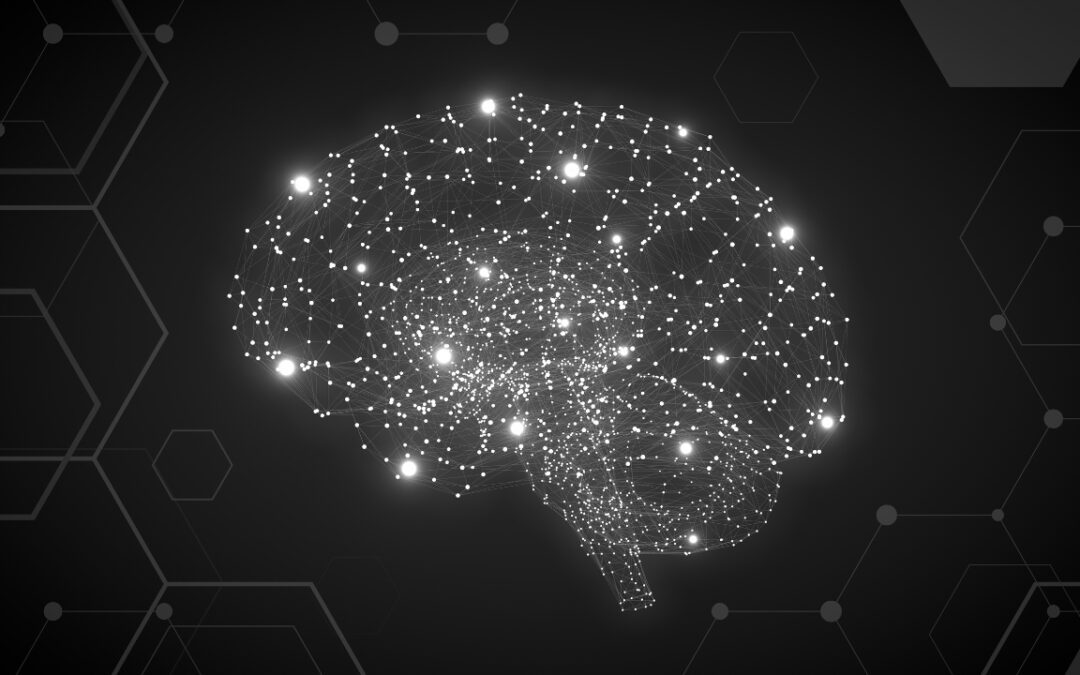“All that is important is this one moment in movement. Make the moment important, vital, and worth living. Do not let it slip away unnoticed and unused.” ― Martha Graham
Our bodies are marvels of interconnected systems, and the communication between your muscles and your brain is a prime example of this intricate dance. Muscles aren’t simply passive bundles of tissue; they’re constantly sending and receiving signals from the brain, influencing everything from movement and coordination to posture and even emotional well-being.
In the realm of health and wellness, the intricate interplay between mind and body has been a topic of perpetual fascination. We often think of muscles solely in terms of strength and movement, and the brain as the epicenter of thoughts and emotions. However, recent research has unveiled a profound and intricate relationship between these two seemingly distinct entities: the muscles and the brain.
Understanding this critical connection is key to optimizing physical performance, preventing injuries, and managing pain. At the heart of this connection lies a network of neurons, neurotransmitters, and feedback loops that facilitate communication between the brain and the muscles.

From Your Brain to Your Muscles – And Back Again
One of the key players in this relationship is the central nervous system (CNS), which comprises the brain and spinal cord. Through a complex network of nerves, the CNS sends signals to the muscles, dictating their actions and coordinating movement.
But the communication between muscles and the brain is not unidirectional. In fact, it’s a dynamic feedback loop, with information flowing back and forth between the two. This bidirectional communication is essential for motor control, sensory perception, and even the regulation of emotions.
Moreover, emerging research suggests that the connection between muscles and the brain extends beyond physical sensation to influence emotional well-being. The release of neurotransmitters and neuropeptides during exercise and movement can have profound effects on mood and cognition.
For example, endorphins, often referred to as the body’s natural painkillers, are released during physical activity, leading to feelings of euphoria and reduced stress. Similarly, regular exercise has been shown to improve symptoms of anxiety and depression, partly due to its effects on neurotransmitter balance and neural plasticity.
The Neuromuscular Junction: Where Muscle Meets Mind
The bridge between your muscles and your brain is a specialized structure called the neuromuscular junction (NMJ). It’s a tiny gap between a motor neuron (a nerve cell) and a muscle fiber. Here’s how communication unfolds:
- Brain Sends the Signal: When you initiate a movement, your brain sends a signal down a motor neuron in your spinal cord.
- Neurotransmitter Release: As the signal reaches the NMJ, the motor neuron releases a neurotransmitter, most commonly acetylcholine.
- Muscle Activation: The released neurotransmitter binds to receptors on the muscle fiber membrane, triggering a cascade of events that lead to muscle contraction.
This seemingly simple process is the foundation of all voluntary movements, from picking up a cup of coffee to sprinting across a field. Additionally, sensory information – like the feeling of your feet hitting the ground as you walk – travels from muscles back to the brain through sensory neurons, providing feedback and allowing for real-time adjustments to your movements.

Beyond Movement: The Widespread Impact of Muscle-Brain Communication
The communication between your muscles and your brain extends far beyond initiating physical actions. Here are some surprising ways this connection influences your overall health:
- Posture and Balance: Proprioception, the sense of body awareness in space, relies heavily on communication between muscles and the brain. This constant feedback loop helps maintain proper posture, balance, and coordination.
- Pain Management: Muscles contain pain receptors that send signals to the brain when they’re injured or inflamed. The brain interprets these signals and creates the sensation of pain. Understanding this connection can be crucial for developing pain management strategies.
- Emotional Regulation: Emerging research suggests a fascinating link between muscle tension and emotional state. Chronic muscle tension can contribute to anxiety and stress, while conversely, relaxation techniques that target muscle tension can promote feelings of calm and well-being.
- Metabolism and Energy Regulation: Muscles play a crucial role in regulating blood sugar levels and overall metabolism. By sending signals to the brain about energy expenditure, muscles influence your appetite and energy levels.
Beyond movement and physical function, the link between muscles and the brain also plays a pivotal role in pain perception. Chronic pain conditions, such as fibromyalgia and myofascial pain syndrome, are often characterized by abnormalities in this neuromuscular communication.
In these conditions, the brain may become hypersensitive to pain signals, amplifying the perception of discomfort even in the absence of tissue damage. Additionally, prolonged muscle tension and dysfunction can contribute to the development and perpetuation of pain, creating a vicious cycle of muscular and neurological dysfunction.
Optimizing the Muscle-Brain Connection for Peak Performance
Understanding the link between your muscles and your brain empowers you to take proactive steps towards better health and performance. Here are some strategies to consider:
- Exercise Regularly: Regular physical activity strengthens both your muscles and the neural pathways connecting them to the brain. This leads to improved coordination, balance, and proprioception.
- Mind-Body Practices: Activities like yoga, Pilates, and Tai Chi combine physical movement with mindfulness and focus. These practices can enhance body awareness and improve communication between your muscles and your brain.
- Active Recovery: After strenuous exercise, incorporate active recovery techniques like light stretching and foam rolling. These practices can help reduce muscle tension and improve communication between muscles and the brain, promoting faster recovery.
- Stress Management Techniques: Chronic stress can exacerbate muscle tension and disrupt the muscle-brain communication. Techniques like meditation, deep breathing, and progressive muscle relaxation can help manage stress and promote muscle relaxation.
- Proper Sleep: During sleep, your brain consolidates memories and processes information, including motor skills. Prioritizing good sleep hygiene is crucial for optimal muscle function and brain communication.
The Future of Muscle-Brain Research: Unlocking New Possibilities
The field of muscle-brain research is constantly evolving. Scientists are exploring ways to utilize this knowledge for improved rehabilitation techniques. Understanding the role of the brain in pain perception and motor learning can lead to the development of more effective rehabilitation protocols for injuries and neurological conditions.
Researchers are also engaged in facilitating enhanced athletic performance. By optimizing communication between muscles and the brain, athletes may achieve even higher levels of precision, coordination, and reaction time. In addition, research into how stimulating or inhibiting specific neural pathways can help manage movement disorders like Parkinson’s disease.
Conclusion: Your Body is a Symphony
The human body is an orchestra of interconnected systems, and the communication between your muscles and your brain is the conductor that keeps everything in harmony. By understanding and optimizing this critical link, you can unlock a world of benefits for your physical and mental well-being. Regular exercise, mindfulness practices, stress management techniques, and prioritizing sleep are just some ways you can nurture this vital communication channel.
As research in this field continues to evolve, exciting possibilities emerge for improved rehabilitation techniques, enhanced athletic performance, and even the treatment of movement disorders. Remember, your body is capable of incredible things, and by fostering the dialogue between your muscles and your brain, you can unlock its full potential and move towards a life filled with health, vitality, and optimal performance.

Working with Your Brain and Body: Muscle Recovery and Pain Relief at Pain and Performance Solutions
Fully recovering from muscle soreness and chronic muscle pain requires patience. A gradual approach, consistent effort, and attention to diet, sleep, and other habits are crucial factors in ensuring a smooth recovery.
Regardless of whether you’ve been experiencing muscle pain for a brief period of time or you’ve been suffering ongoing pain for months or longer, we invite you to give us a call. Achieving relief from muscle or joint pain begins once we’ve gained an in-depth understanding of when and how your pain began.
At Pain and Performance Solutions we specialize in working with your body to bring relief from chronic muscle pain with therapies such as Active Release Techniques® (ART®) and Anatomy in Motion (AiM). So, don’t simply ignore your pain and hope it will just go away. Let us help.
Contact us today at 707-636-4404 or book an appointment online to start your recovery process.
